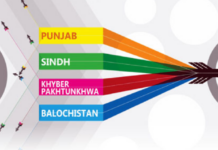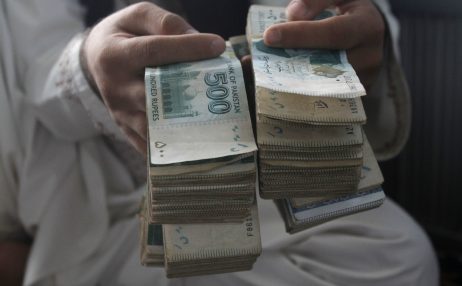Pakistan’s broad money supply (commonly referred to as M2) rose to Rs38.09 trillion as of June 6, 2025, reflecting a weekly increase of Rs4.32 billion, according to the latest data from the State Bank of Pakistan (SBP). This is up from Rs35.88 trillion recorded at the end of the last fiscal year, marking a cumulative increase of Rs2.21 trillion since then.
M2 is the most widely followed measure of money in the Pakistani economy. It includes the total amount of money in circulation in the form of cash, as well as deposits held by the non-government public in commercial banks. It offers a snapshot of liquidity in the economy, and its changes can indicate trends in inflation, investment, and banking activity.
One of the biggest changes this week was in currency in circulation—the amount of physical cash held by the public and institutions—which rose by Rs568.34 billion in just one week to reach Rs10.83 trillion. Over the fiscal year to date, the amount of currency circulating in the economy has risen by Rs1.68 trillion, up from Rs9.15 trillion at the end of June 2024.
This rise has pushed the share of cash in circulation as a percentage of overall M2 to 28.45%, up from 26.96% the previous week and significantly higher than the 25.51% seen a year ago. A higher ratio indicates that more people are keeping cash instead of depositing money in banks, which can signal reduced confidence in banking channels or increased demand for liquidity, especially ahead of election-related spending or Eid holidays.
Meanwhile, total bank deposits fell during the week, decreasing by Rs562.06 billion to Rs27.21 trillion. However, deposits are still up by Rs541.97 billion since the beginning of the fiscal year. These figures exclude inter-bank placements, government deposits, and foreign institutional accounts, giving a clearer picture of public and business sector banking activity.
Understanding M2 also involves looking at both sides of the financial system’s balance sheet. On the liability side, it consists of the cash circulating in the economy and total non-government deposits, including residents’ foreign currency accounts. On the asset side, it includes the banking sector’s domestic and foreign assets.
The uptick in currency in circulation and slowdown in deposit growth this week may indicate short-term shifts in liquidity preferences or seasonal factors, but sustained trends in M2 will have deeper implications for inflation, monetary policy, and the broader economy.























